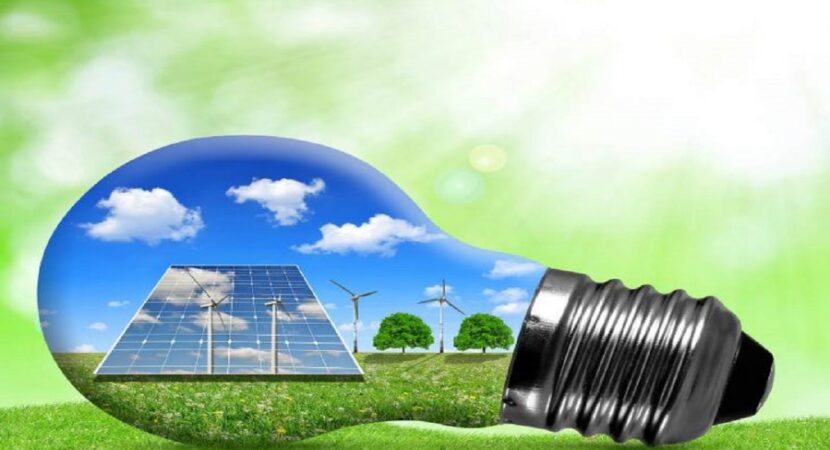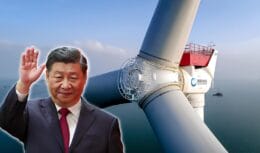
Brazilian companies seek to reduce their dependence on climate, and are starting to invest more in renewable energies such as solar energy, wind energy and biomass that have shown exponential growth in recent years
About 20 years ago, companies and people were forced to reduce their consumption of electricity, as the country did not prepare for a water crisis. This year, Brazil again found itself at risk of energy rationing as it still depends on the weather. In order to contain the drought, the Federal Government activated thermoelectric plants, which generate more expensive and polluting energy. At a time when countries are discussing ways to create a low-carbon economy, the question is how Brazil could have a greater dependence on renewable and reliable energies such as wind energy and solar energy to avoid a water crisis.
Read also
Only 65% of the energy produced comes from water sources
Brazil has climatic conditions that would allow it to use more sources of wind energy and solar energy. However, an energy system was built based on sources that depend on the climate, such as water.
In recent years, several factors such as increased water use and climate change have made the supply of water to hydroelectric plants less, causing greater risks of a water crisis. Depending more and more on the activation of thermoelectric plants, the price of energy naturally increased. 20 years ago, about 80% of electricity came from water sources and since then, investments have made that percentage drop to 65% with the use of renewable energies such as solar energy, wind energy and biomass.
The installed capacity in wind energy between 2005 and 2020 went from a small 22 MW to almost 18 thousand MW, according to information from the Brazilian Association of Wind Energy (Abeeólica). In relation to solar energy, which is more recent, investments began in 2017. Data from the Brazilian Association of Solar Photovoltaic Energy (Absolar) state that the installed power has grown, in the last 5 years, about ten times, reaching almost 11 thousand MW this year.
Brazil could enter the top five largest solar energy markets in the coming years
According to the founder of the Brazilian Infrastructure Center, Adriano Pires, there has been an improvement, but the national energy matrix still depends a lot on the climate. The country needs a matrix more focused on renewable energies.
According to the president of STI Norland, Javier Reclusa, the company achieved an average growth of 250% per year. According to the executive, Brazil has enormous potential and can increase the share of solar energy in its renewable energy matrix from 3% to 40% in the coming years, and could reach among the five largest solar energy markets in the coming years.
Companies investing in wind energy
Currently, several companies use wind energy in their production line. As is the case of Honda, which inaugurated a 27 MW wind farm in Rio Grande do Sul.
In total, the company invested approximately R$ 128 million to meet the energy demands at the factories in Itirapina and Sumaré, in the interior of SP. According to the chief economist at MB Associados, Sérgio Vale, the 2001 water crisis caught Brazil in a better economic moment than it is today, as we are coming from two recessions, unemployment and higher inflation. Therefore, the water crisis is one of the elements that bring concern for the next year.












